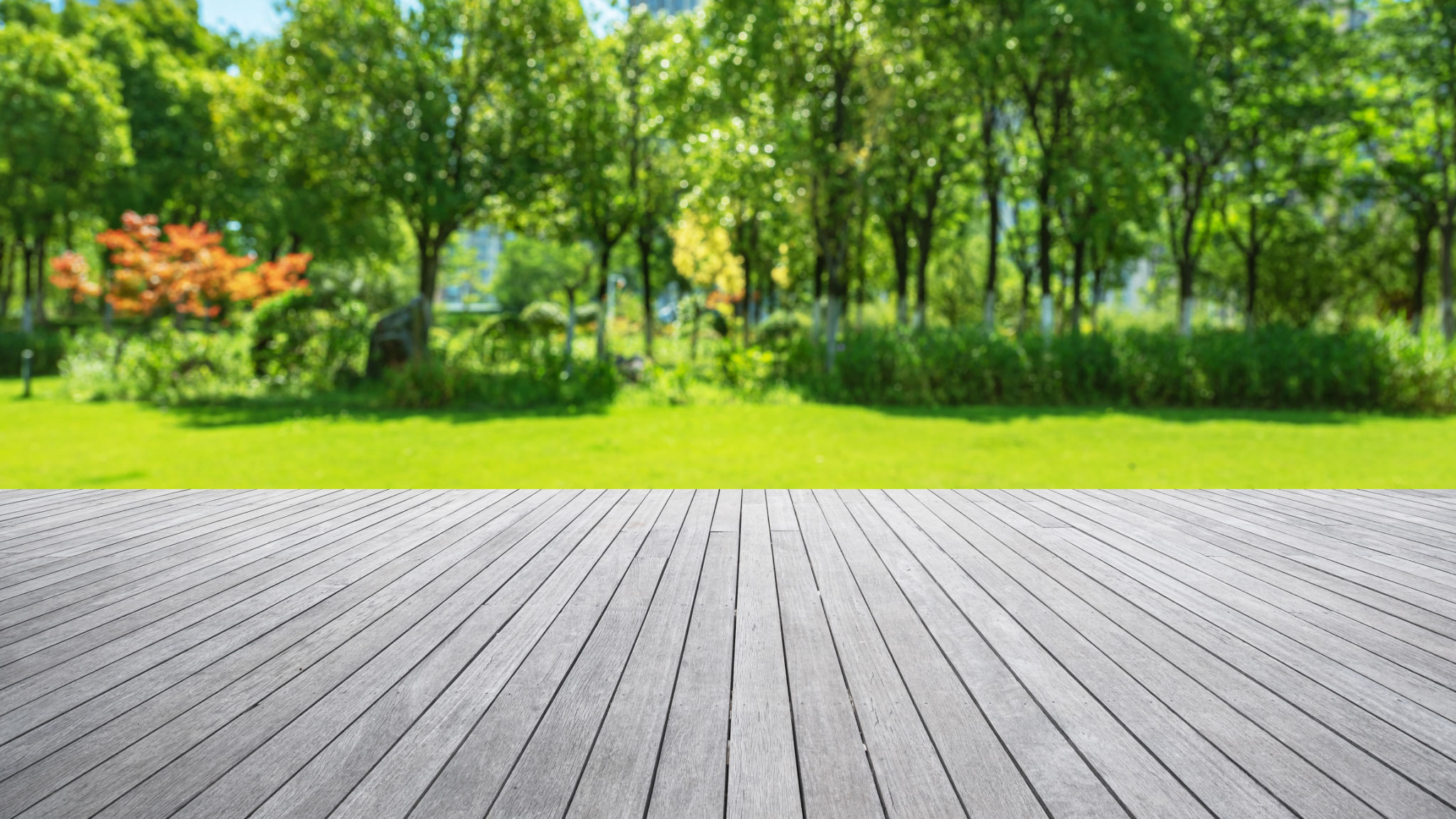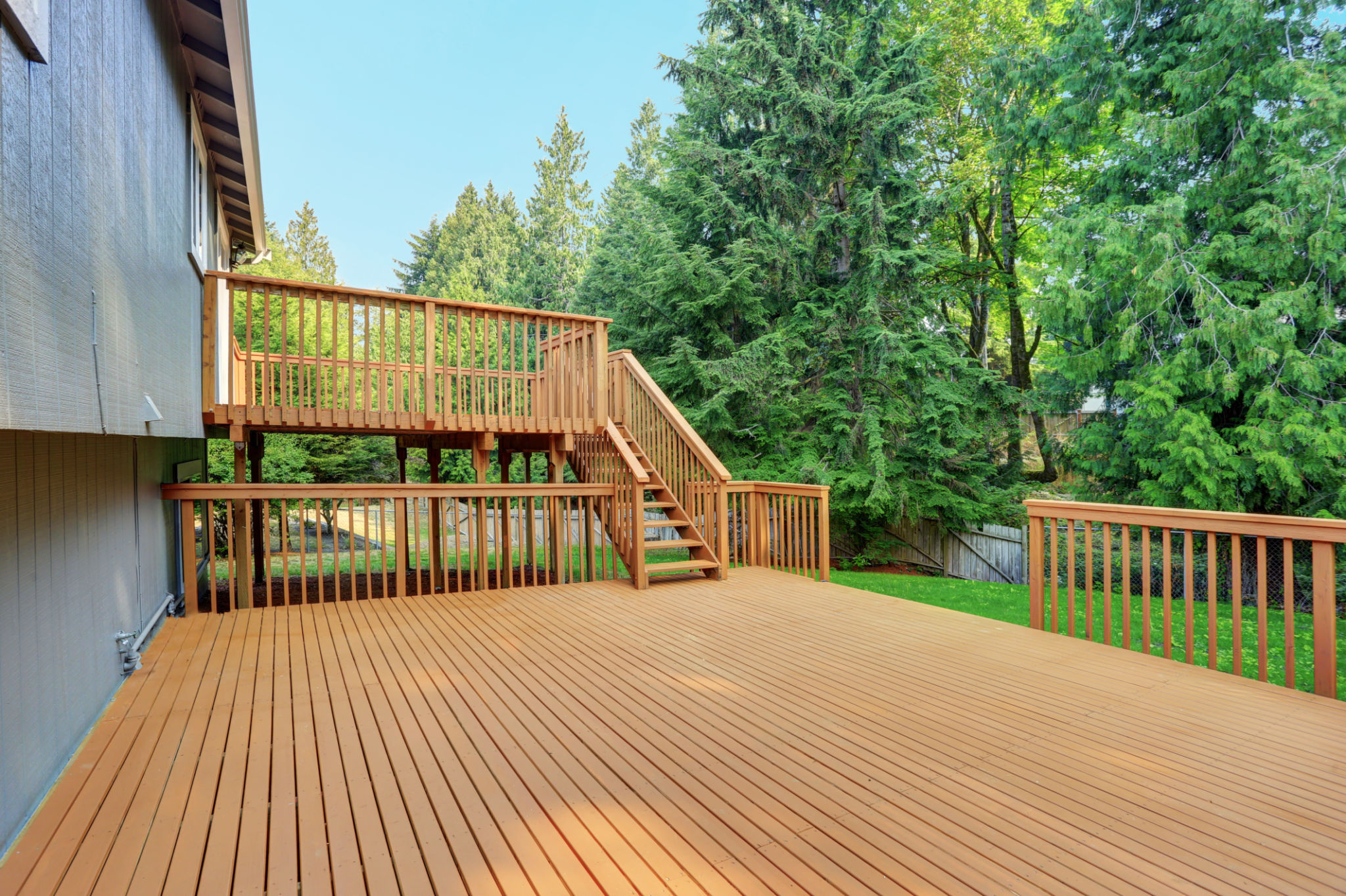PVC vs. Traditional Wood: Which Decking Option is Right for You?
Introduction to Decking Materials
When it comes to choosing the right decking material for your outdoor space, two popular options often come into play: PVC and traditional wood. Each material has its unique benefits and drawbacks, making the decision process a bit challenging for homeowners. To help you make an informed decision, let's delve into the characteristics of each and see which one might suit your needs best.

Durability and Maintenance
PVC Decking
PVC (Polyvinyl Chloride) decking is renowned for its durability and low maintenance requirements. Unlike wood, PVC does not rot, splinter, or warp, making it a long-lasting option for outdoor environments. It is also resistant to insects and mold, which means less upkeep over time.
Traditional Wood Decking
Wood decking, while offering a classic and natural aesthetic, requires more maintenance. Over time, wood can be susceptible to rot, splintering, and insect infestation. Regular sealing, staining, or painting is necessary to keep it looking its best and to protect it from weather damage.

Aesthetic Appeal
PVC Decking
PVC decking comes in a variety of colors and styles that can mimic the look of natural wood. It offers a uniform appearance and maintains its color over time without fading. This consistency can be appealing if you're aiming for a modern or polished look.
Traditional Wood Decking
The appeal of traditional wood decking lies in its authentic appearance. Many homeowners love the natural grain and texture of real wood, which can add warmth and character to any outdoor space. However, this aesthetic can change over time unless properly maintained.

Environmental Impact
PVC Decking
One downside to consider with PVC decking is its environmental impact. While it's a durable choice, PVC is not biodegradable and can be difficult to recycle. Some manufacturers are making strides in creating more eco-friendly options, but it's important to research if sustainability is a priority for you.
Traditional Wood Decking
Wood is a renewable resource, which makes it a more environmentally friendly option compared to PVC. However, it's crucial to source wood from responsibly managed forests to ensure minimal environmental impact. Look for certifications like FSC (Forest Stewardship Council) when selecting wood products.
Cost Considerations
The cost difference between PVC and traditional wood decking can be significant. While PVC tends to be more expensive upfront due to its durability and low maintenance qualities, it may save you money in the long run by reducing repair and maintenance costs.
On the other hand, traditional wood decking has a lower initial cost but could require more investment over time in terms of maintenance and potential replacements.

Conclusion
Ultimately, the choice between PVC and traditional wood decking depends on your individual needs and priorities. If you value durability and minimal maintenance, PVC may be the right choice for you. However, if you prefer a natural look and are willing to invest time in upkeep, traditional wood could be the better option.
Consider factors such as aesthetic preferences, budget, environmental concerns, and how much time you're willing to dedicate to maintenance when making your decision. By weighing these aspects carefully, you can select the decking material that best complements your lifestyle and enhances your outdoor living space.